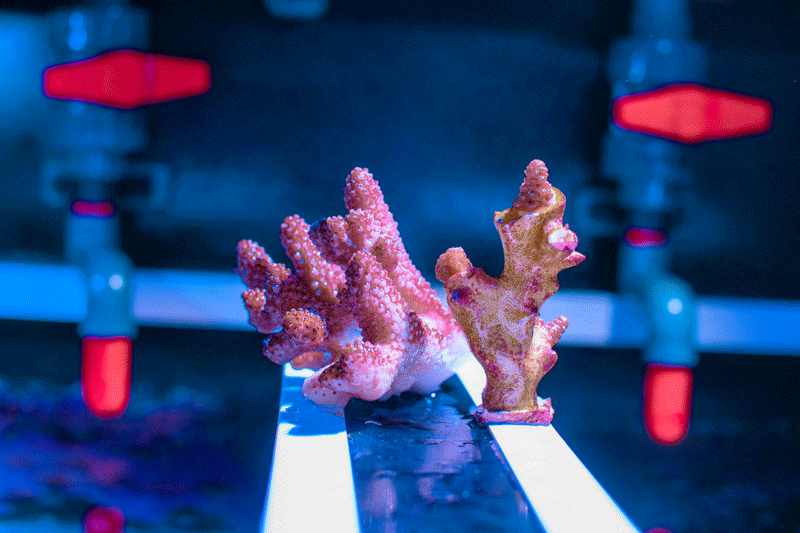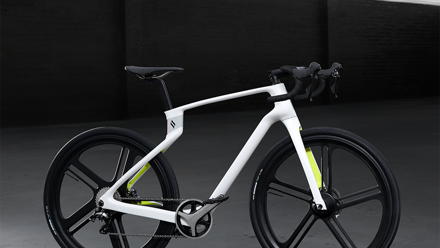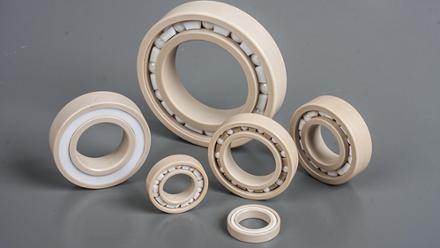Restoring coral reefs with 3D printing
A team of researchers from the King Abdullah University of Science & Technology (KAUST), Saudi Arabia, are using 3D printing to rapidly and reliably create support structures for corals to grow on and speed up the process of reef restoration.

Current restoration efforts employ concrete blocks or metal frames as substrates for coral growth, which can be slow as corals deposit their carbonate skeleton at a rate of just millimetres per year.
Using 3D-printed/moulded calcium carbonate surfaces, the researchers claim that coral micro-fragments can grow more quickly, as they do not need to build a limestone structure underneath, which, in essence, provides the corals with a head start so the reef can recover faster.
The idea itself is not new – other researchers have tested several approaches to print coral support structures.
The paper, Sustainable and Eco-Friendly Coral Restoration through 3D Printing and Fabrication, published in ACS Sustainable Chemistry & Engineering, explains, ‘All previous methods for 3D printing of corals produced an inert structure, but no explicit strategy has been proposed on how to turn this artificial skeleton into a living coral.
‘The widely held assumption is that this would be achieved through the passive colonisation by larval coral polyps once the structure has been submerged in the receiving location. However, this passive approach involves uncertainties, as many benthic organisms compete for settlement space. Additionally, coral larvae are known to have specific settlement requirements, often associated with the presence of coralline algae.’
The papers explains that the researchers have devised the CoraPrint technology to attach 2D micro-fragments of live coral to a 3D-printed skeleton, thereby initiating colonisation by the desired, pre-adapted coral colony.
It reads, ‘With these factors in mind, we developed 3D CoraPrint, consisting of two multi-step 3D fabrication methods to replicate geometries of live corals and to fabricate ecologically friendly coral models.
‘Method A involves the scanning of a live coral, modification of its 3D geometry, 3D printing of a coral skeleton with commercial polylactic acid filament and creating a silicone mould for our in-house developed calcium carbonate photo-initiated (CCP) ink. Method B consists of scanning a live coral, modification of its 3D geometry, and direct 3D printing of a coral skeleton with CCP.’
The CCP is made by mixing calcium carbonate with a commercially available photocurable resin.
The paper continues, ‘To optimise the viscosity of the material for printability, the ratios of calcium carbonate and resin were adjusted to reach the desired mechanical properties at 70% and 30%, respectively. The CCP ink resembles the natural coral composition and hence, could be a potentially better alternative for printing corals compared to cement and other materials. This viscous material has the ability to solidify with exposure to ultra-violet laser. Its characteristics are essential in our proposed printing method, allowing us to print and solidify objects simultaneously and produce an eco-friendly complex structure.
‘For both methods A and B, a Creaform scanning system, GoScan, was used to scan a live coral to convert the coral’s physical structure to a computer-aided design (CAD) model for further modification.
‘We then flattened certain areas on the surface of the CAD model to form levelled 2D features. This was done to facilitate the attachment of the base of the micro-fragments to the coral structure and eliminate the need for further adjustments post-printing, such as cutting, trimming and sanding.’
Tests in aquariums show that CCP is non-toxic and corals are able to grow on the 3D printed structure, though the researchers are planning longer-term tests.




